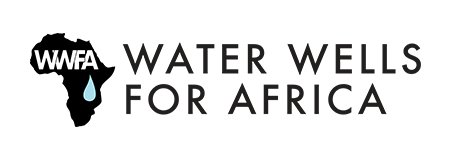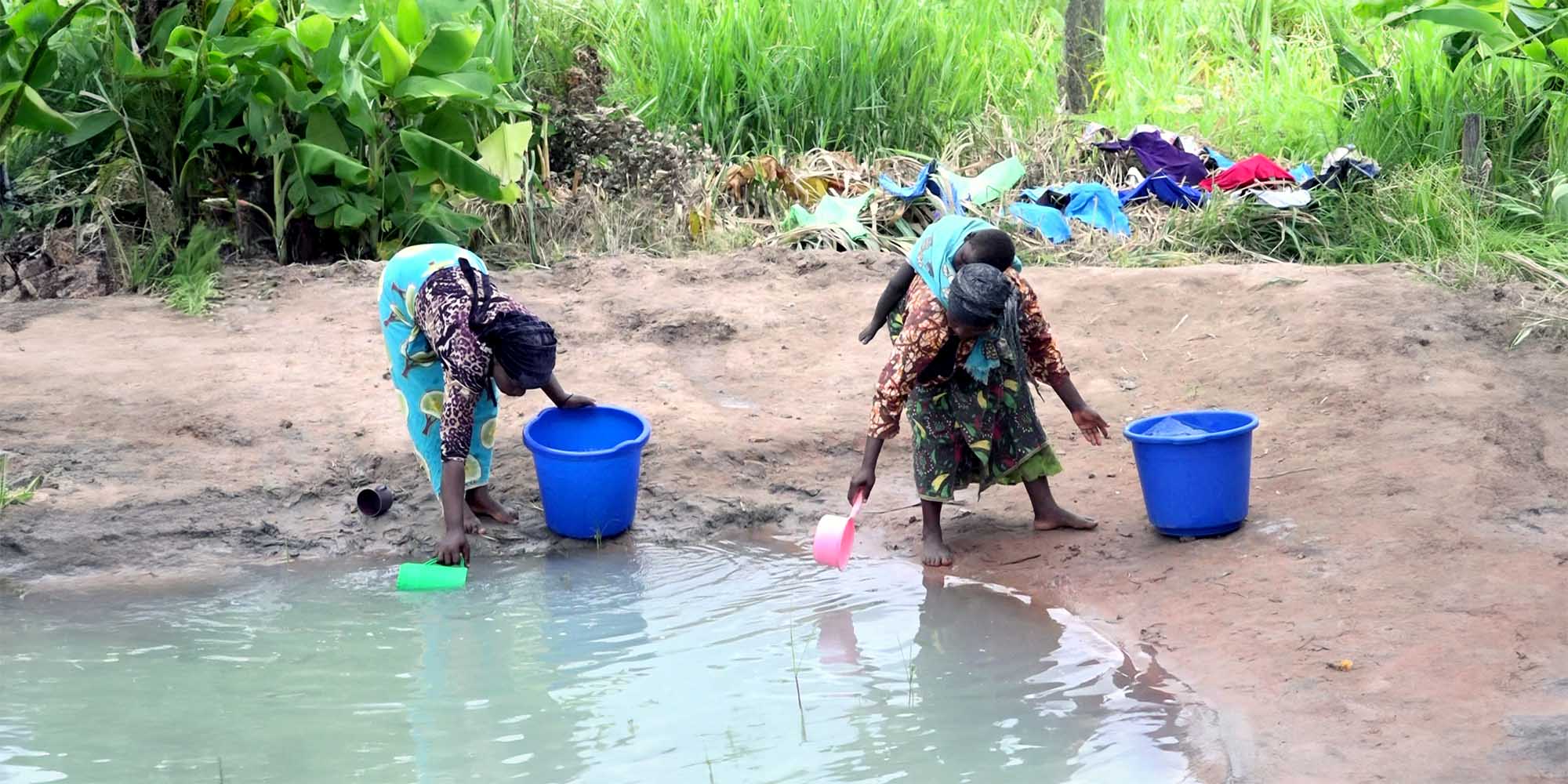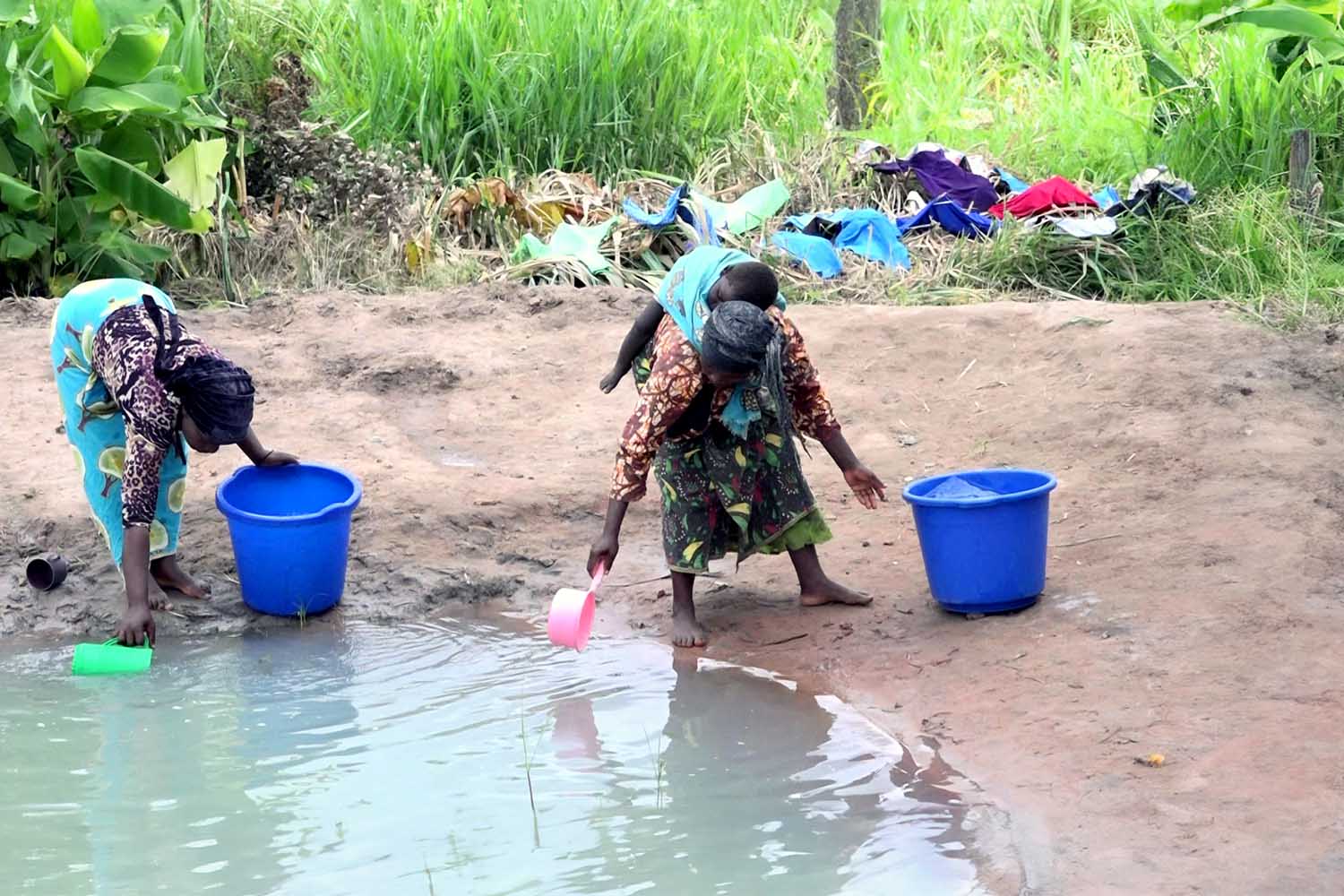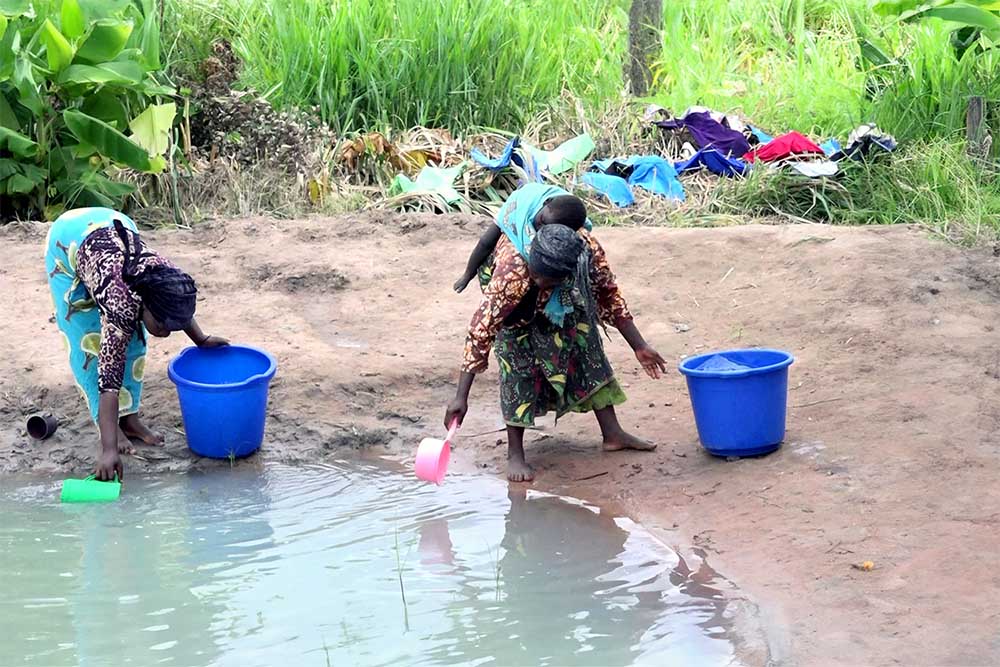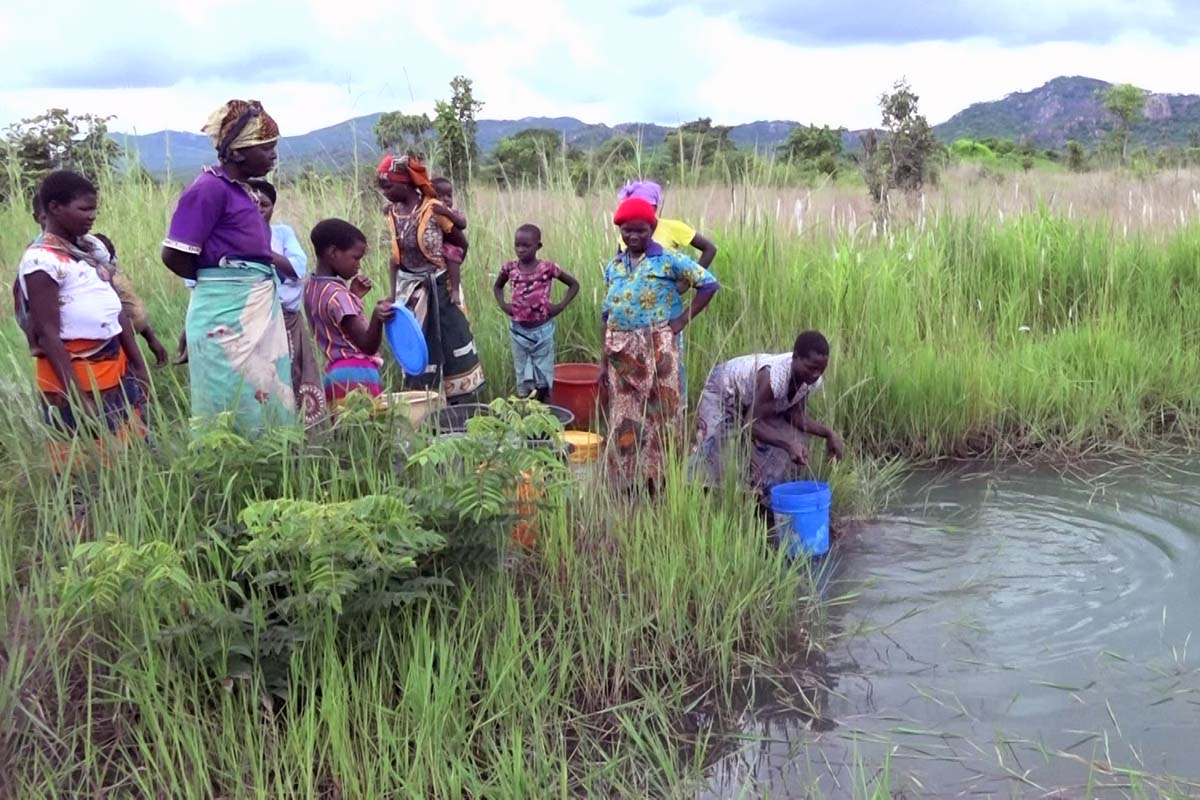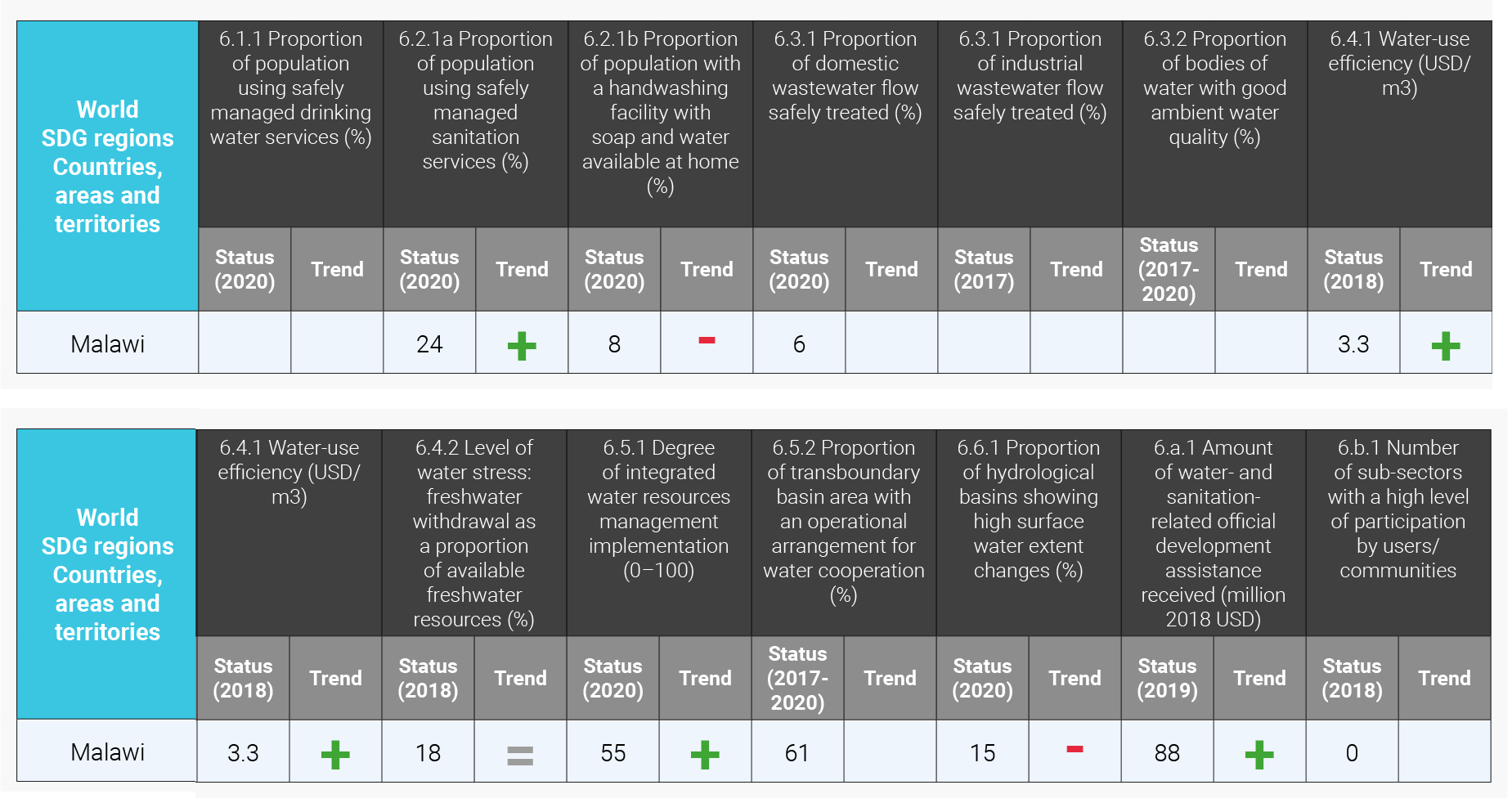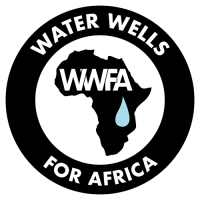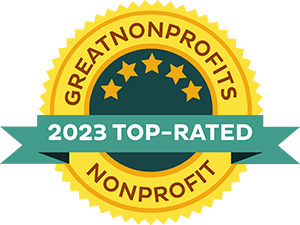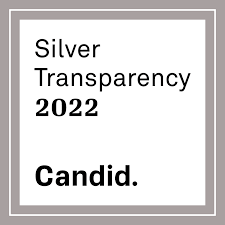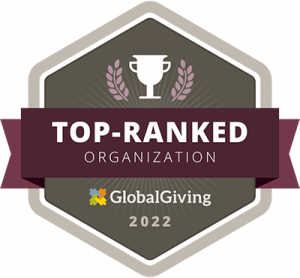Unfortunately, 1.42 billion people in the world – including 450 million children – live in areas of high (or extremely high) water scarcity. Not only are water sources often more than an hour’s walk from villages, the water used by many people in Africa is contaminated and causes waterborne diseases such as cholera and diarrhea.
For women and girls, the lack of water means laborious, time-consuming water collection which risks their safety and takes away from time for education, family, or paying work.
There can be no community development and no hope for a better future without water.
We want everyone to have safe and healthy drinking water and enjoy the many other benefits of clean and accessible water. It:
- Keeps people healthy. There’s no more cholera or other waterborne diseases;
- Allows families to make bricks to build homes, schools, and start businesses;
- Frees women and girls from slavery to the water they must gather;
- Helps children go to school and stay in school;
and so much more – water gardens, cook food, wash clothing, clean wounds, etc…!
WWFA is currently focused in the country of Malawi on the continent of Africa. In 2023 Malawi is ranked as the 13th poorest country in the world.
We’re happy to come to their aide and provide clean, accessible water with the help of our generous supporters!
WORLD, REGION AND COUNTRY DATA ON SDG 6 GLOBAL INDICATORS:
Below please see data from the United Nations “Summary Progress Update 2021 – SDG 6 – Water And Sanitation For All.” [Note: SDG stands for Sustainable Development Goals].
We realize it’s hard to look at these photos and know that people are drinking water from these dirty sources, but we have to share the truth with you. In fact, the water is often contaminated with bacteria. We have a brief overview of the effect of these unclean waters on our Health Issues page.
